Porto-based studio Pablo Pita designs a modest retreat near the Douro River
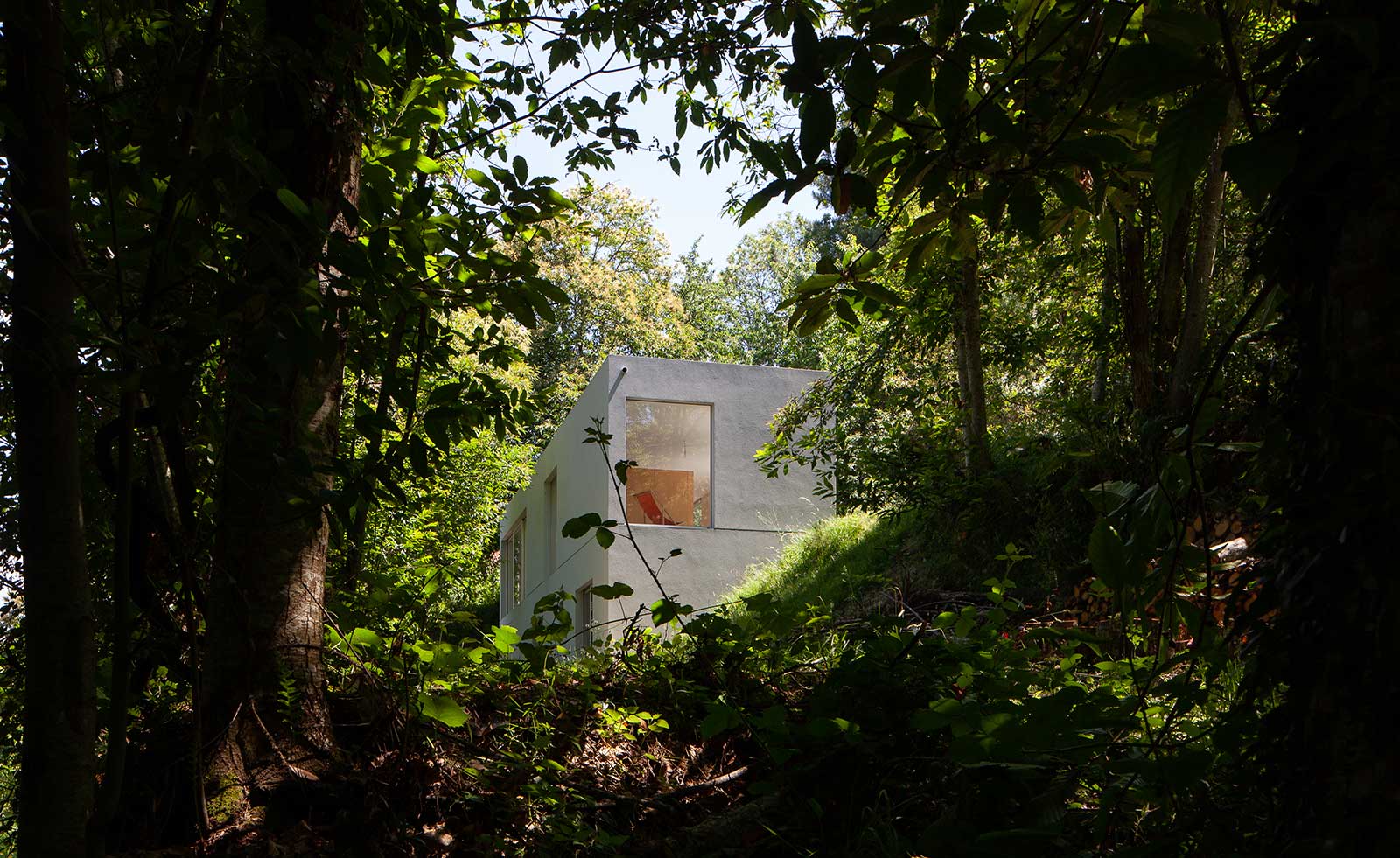
Porto-based architecture studio Pablo Pita has designed a modest vacation dwelling for a family of four in a village near the Douro River in Portugal. The simple house is a product of the landscape and the orientation of the valley view, as well as its low cost budget.
While the brief was admirably straightforward – the family required three bedrooms and an informal common space for slow holiday living – it was the site and the landscape that prescribed the design of the house.

Interior of the house, with large openings. Photography: José Campos
‘The project required a fairly long process because of the nature protection regulations of the specific site,’ says Pablo Rebelo. ‘The site had these slopes facing an incredible view, that unfortunately faced north west. We decided to create a narrow design with openings to both sides, so that we could keep the views but still have a good lighting orientation.’
Rebelo and fellow founding architect Pedro Pita, who Wallpaper* featured in the Architects Directory 2018, drew large, yet strategic openings into the plaster walls, that frame patches of pure nature or views into the valley and horizon: ‘As you enter the house you have this wide window facing the valley completely framed by the canopies of the trees,’ says Rebelo.
The slope allowed the house to embed into the site across two levels. The living, kitchen and dining space is open to the outside, designed around a central hard maple panelled box at its core – the lower level with the bedrooms has a ‘more cavernous and protecting feel’.
RELATED STORY
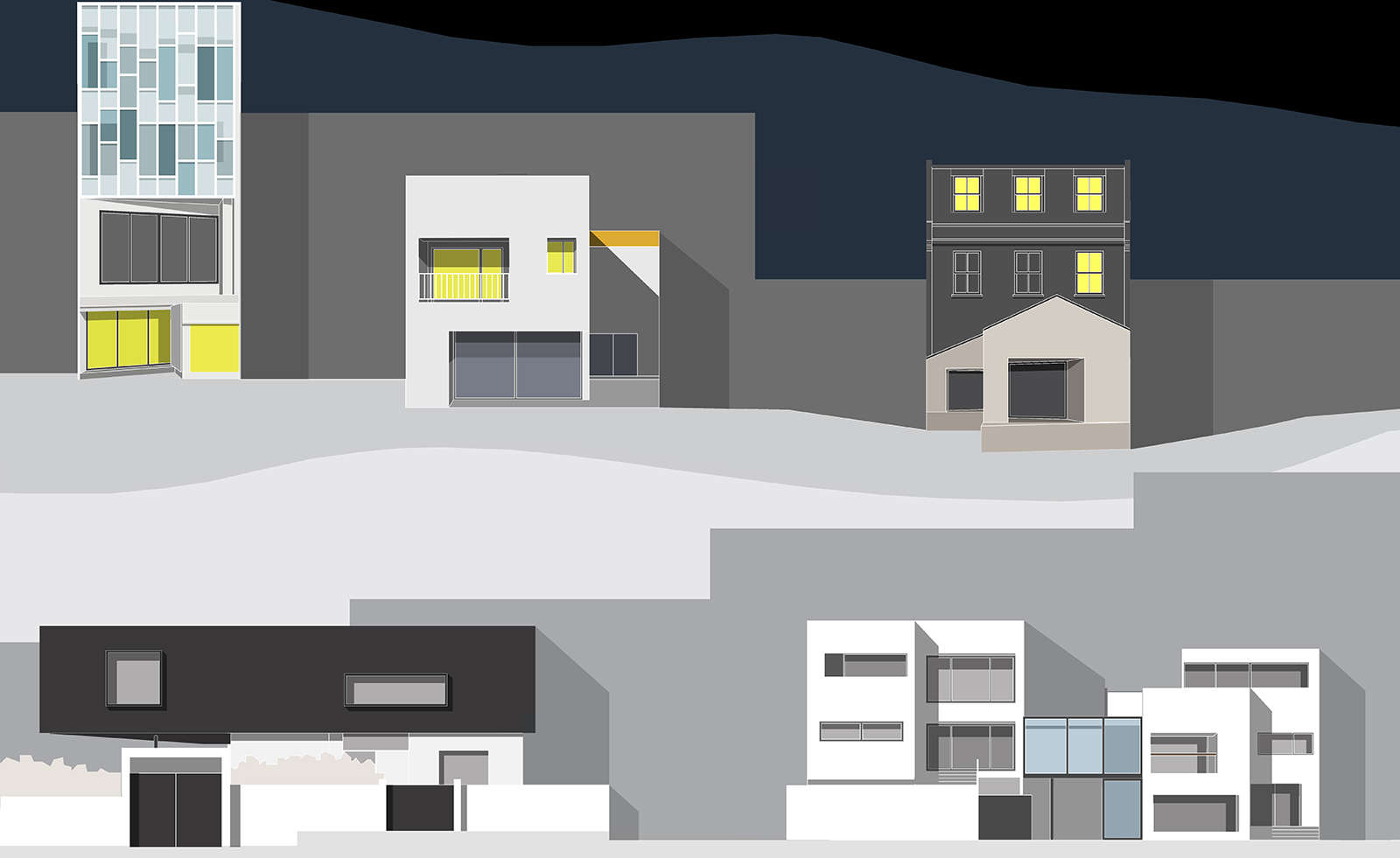
From the smooth concrete flooring in the house, to the concrete water tank outside, while materials are simple, each layer of the design is thoughtful.
Modest design becomes an asset, and a careful continuation of the peaceful nature of the landscape. The flat rectangle of water in the tank becomes a quiet reflective pool, and a foundation of the social outdoor space that connects to the existing granite wall of the site and a rural path for animals that meanders discreetly by.
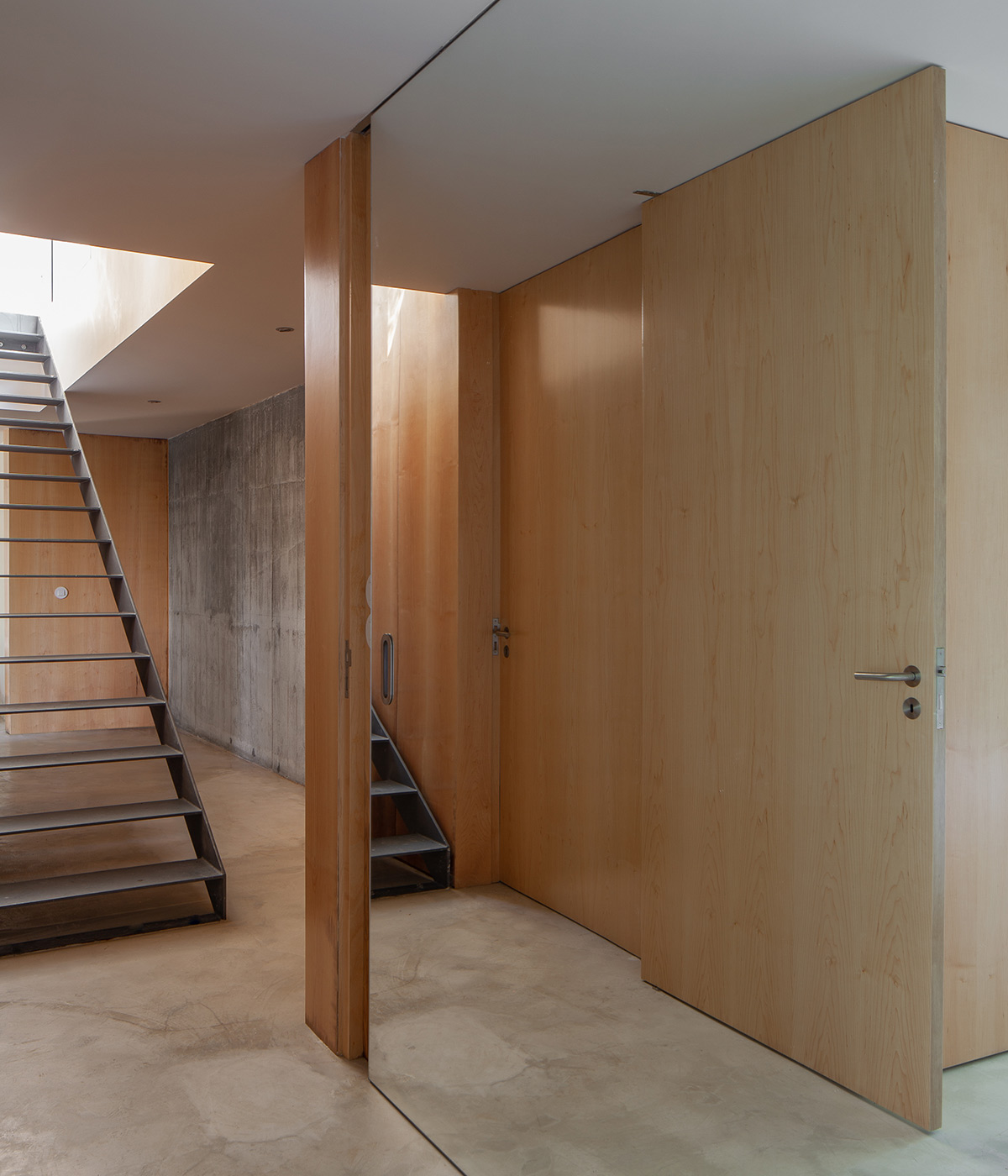
Interior of the house, with exposed concrete and timber architecture. Photography: José Campos
Forja House finds clarity and simplicity in the sloping neighbourhood, peppered with schist-built houses that each follow their own set of characteristics and ideas. The architects aimed to design a house that was a contrast, and a measured step away from a jumbled, accumulating vernacular style. ‘Most of them fail to copy old typologies, and we wanted to distance ourselves from this, assuming this abstract volume embedded in nature,’ says Rebelo.
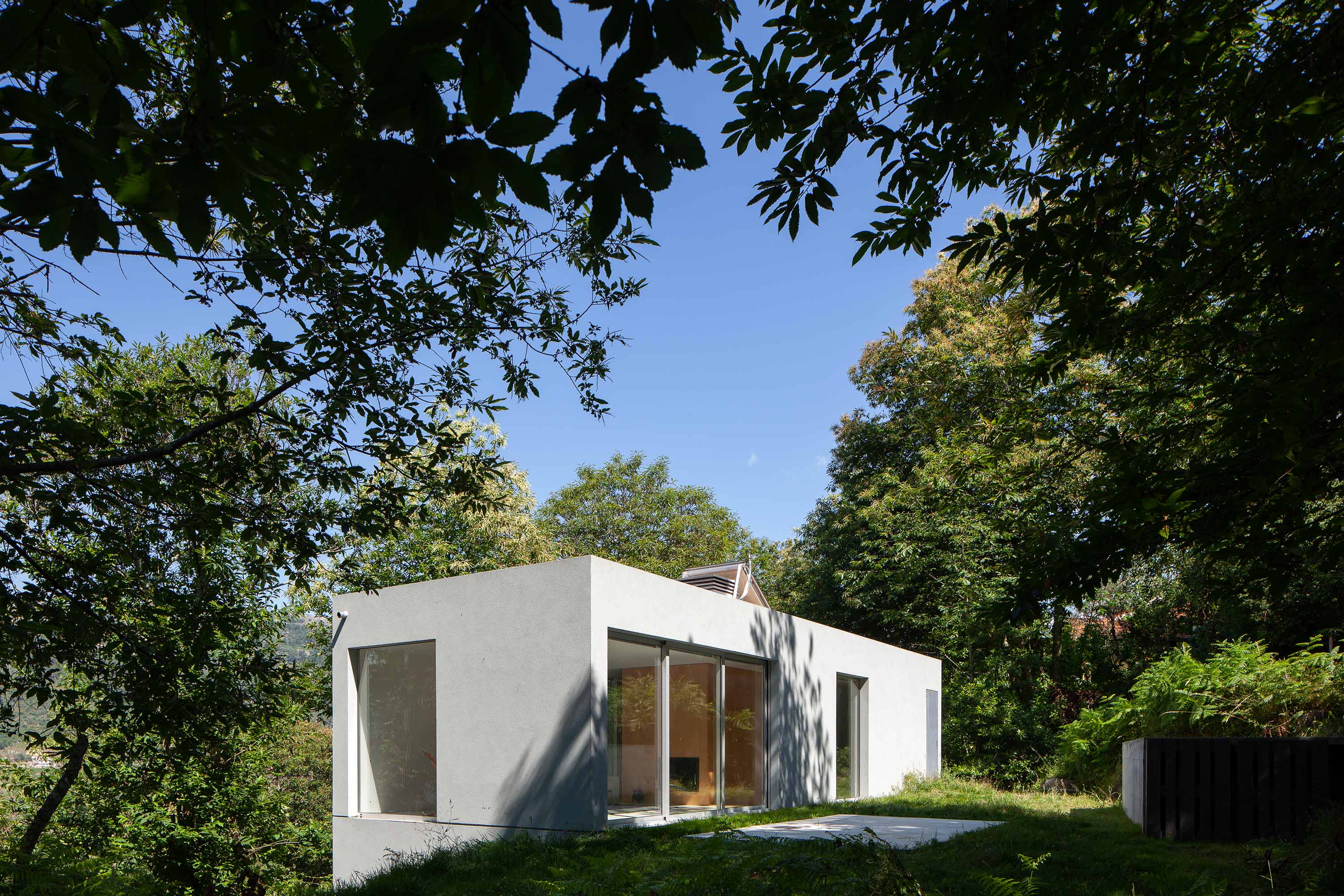

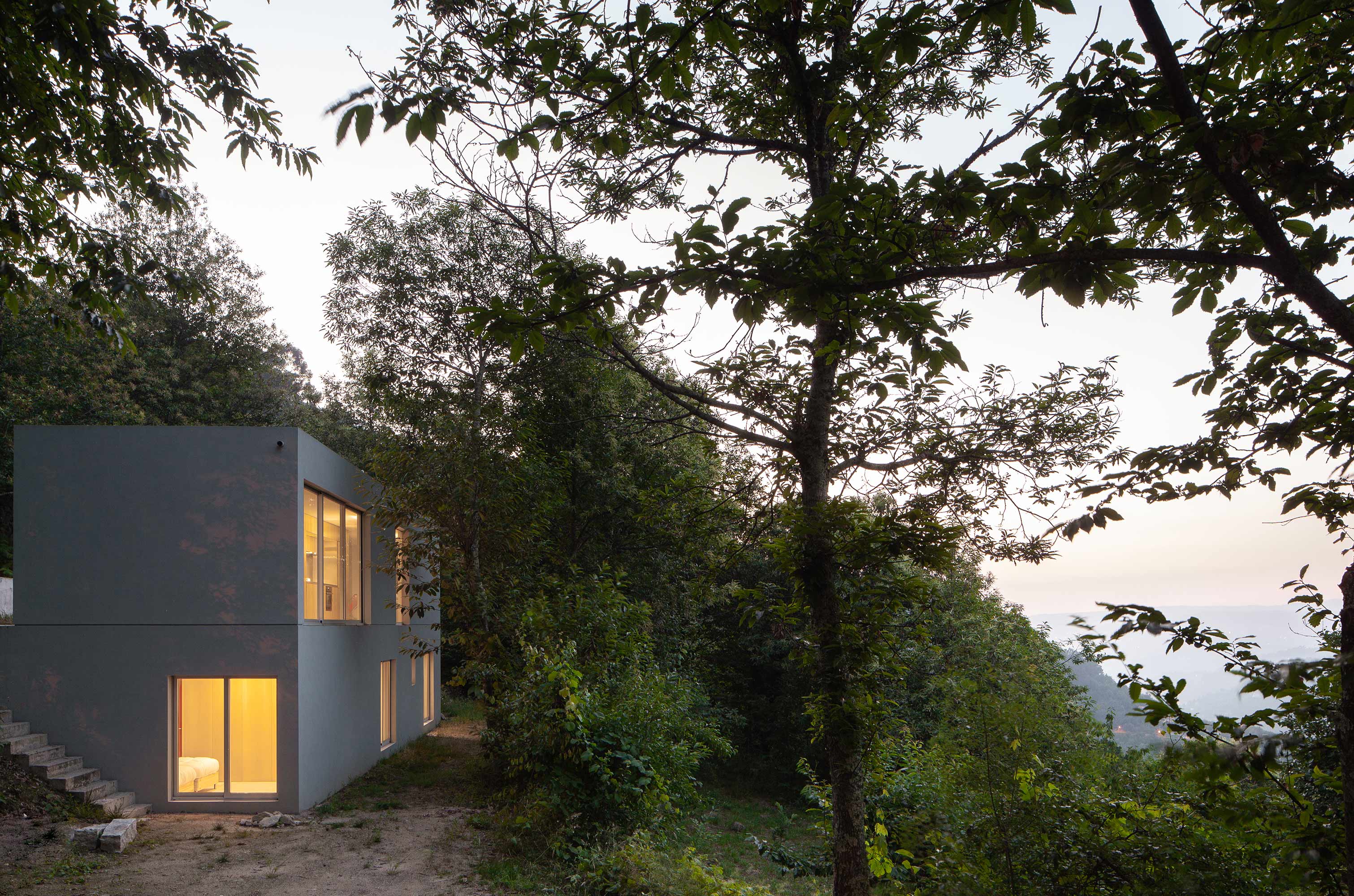
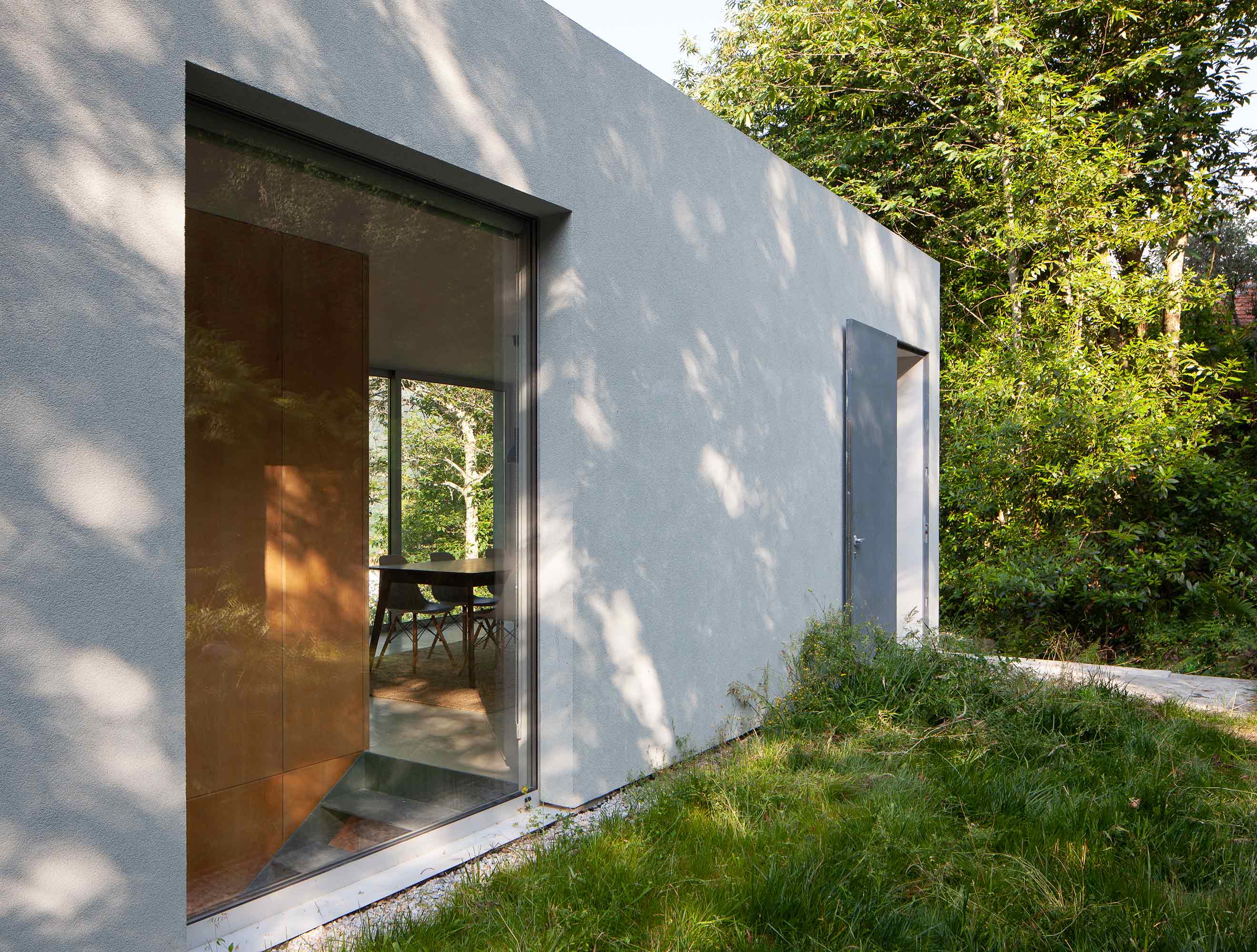
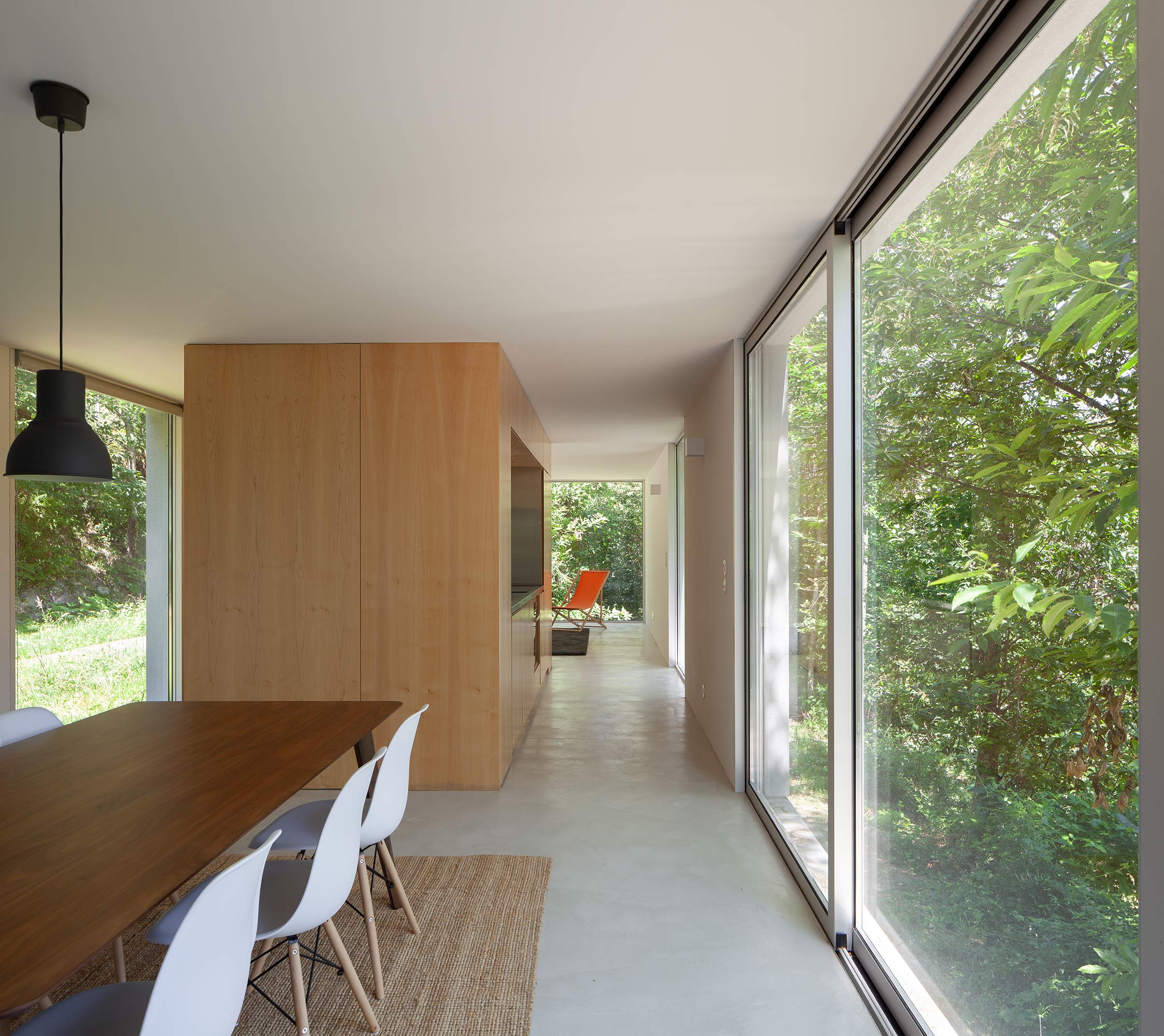
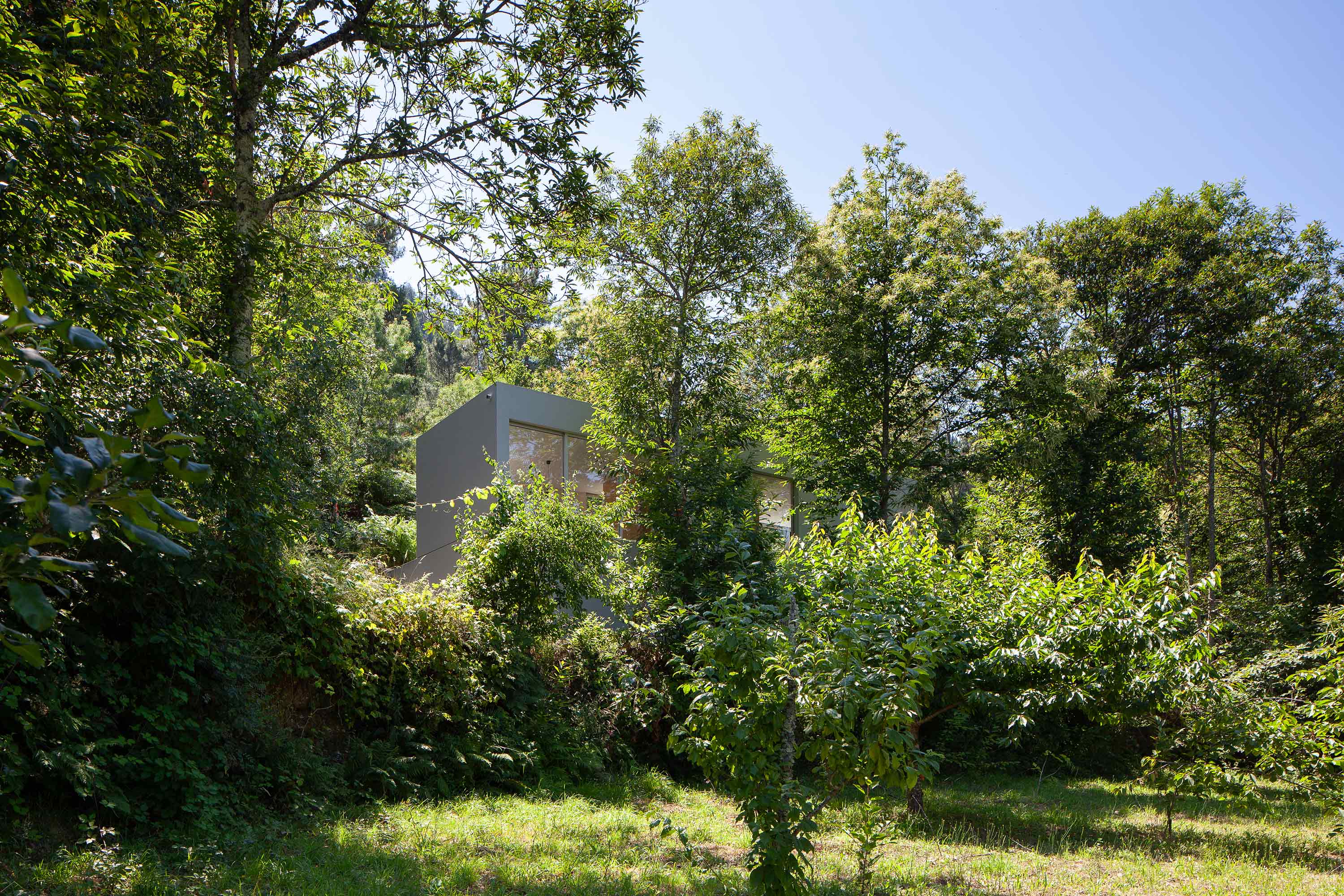
INFORMATION
For more information, visit the Pablo Pita website
Receive our daily digest of inspiration, escapism and design stories from around the world direct to your inbox.
Harriet Thorpe is a writer, journalist and editor covering architecture, design and culture, with particular interest in sustainability, 20th-century architecture and community. After studying History of Art at the School of Oriental and African Studies (SOAS) and Journalism at City University in London, she developed her interest in architecture working at Wallpaper* magazine and today contributes to Wallpaper*, The World of Interiors and Icon magazine, amongst other titles. She is author of The Sustainable City (2022, Hoxton Mini Press), a book about sustainable architecture in London, and the Modern Cambridge Map (2023, Blue Crow Media), a map of 20th-century architecture in Cambridge, the city where she grew up.
-
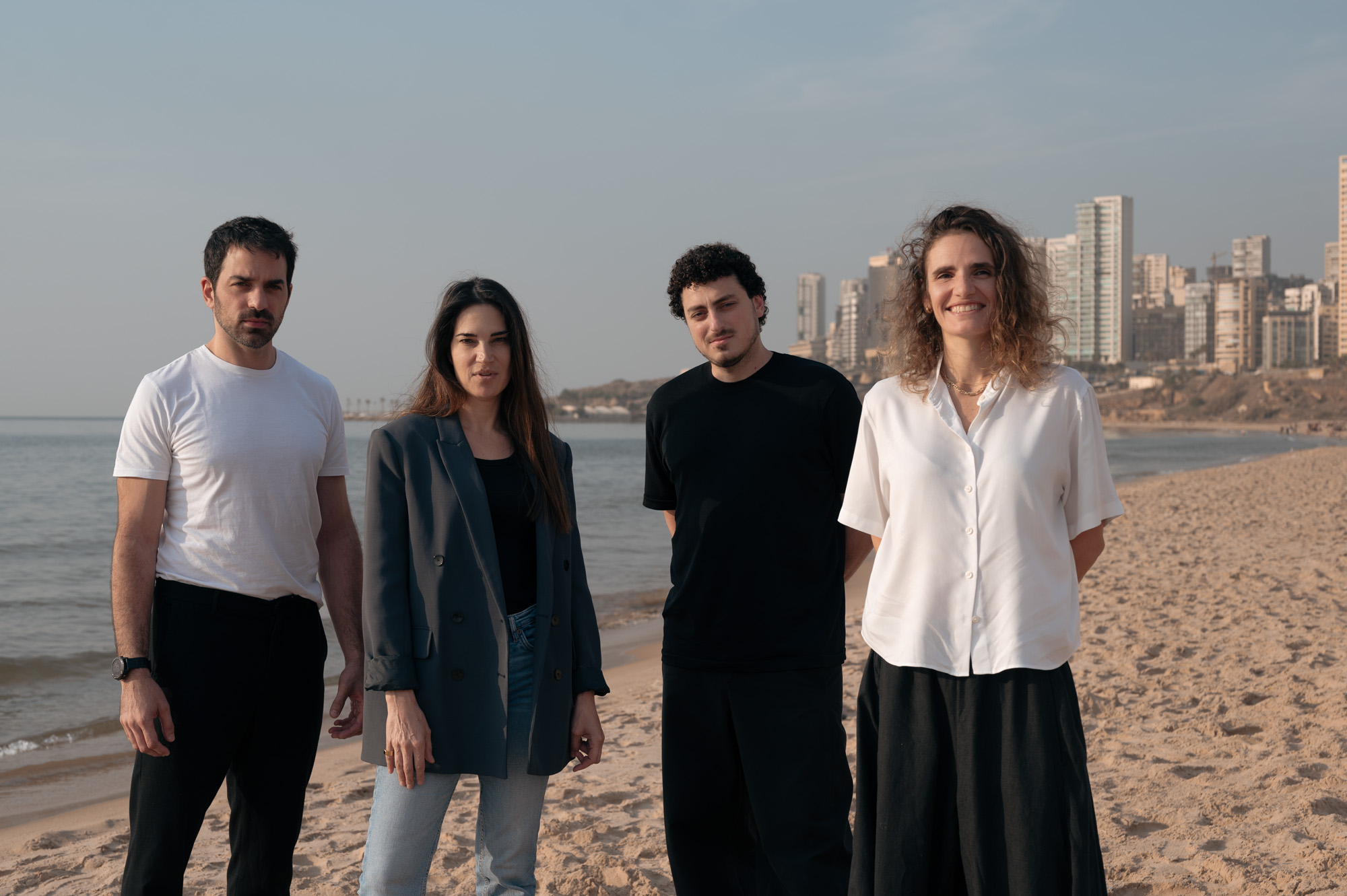 How Beirut's emerging designers tell a story of resilience in creativity
How Beirut's emerging designers tell a story of resilience in creativityThe second in our Design Cities series, Beirut is a model of resourcefulness and adaptability: we look at how the layered history of the city is reflected in its designers' output
-
 A day in Ahmedabad – tour the Indian city’s captivating architecture
A day in Ahmedabad – tour the Indian city’s captivating architectureIndia’s Ahmedabad has a thriving architecture scene and a rich legacy; architect, writer and photographer Nipun Prabhakar shares his tips for the perfect tour
-
 You can now stay in one of Geoffrey Bawa’s most iconic urban designs
You can now stay in one of Geoffrey Bawa’s most iconic urban designsOnly true Bawa fans know about this intimate building, and it’s just opened as Colombo’s latest boutique hotel
-
 The Architecture Edit: Wallpaper’s houses of the month
The Architecture Edit: Wallpaper’s houses of the monthFrom wineries-turned-music studios to fire-resistant holiday homes, these are the properties that have most impressed the Wallpaper* editors this month
-
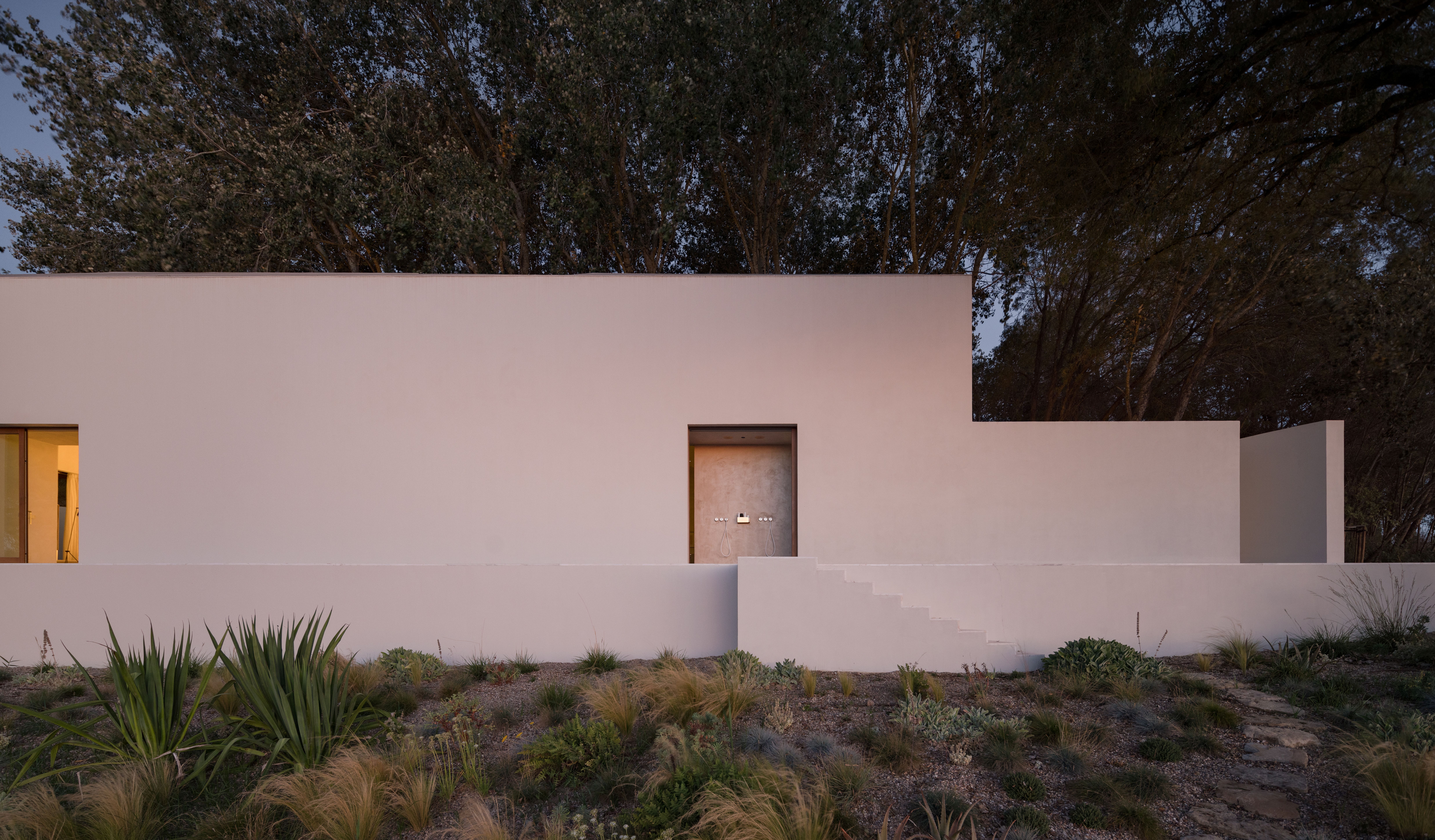 Soothing and symmetrical, this Portuguese house is a minimalist haven for two musicians
Soothing and symmetrical, this Portuguese house is a minimalist haven for two musiciansA Portuguese house near Lisbon, built on the ruins of an old winery, Quinta do Álamo by Atelier Matteo Arnone has symmetry at its heart
-
 2025 Lisbon Architecture Triennale ponders the (literal and figurative) weight of humanity
2025 Lisbon Architecture Triennale ponders the (literal and figurative) weight of humanityJoin us on a tour of the 2025 Lisbon Architecture Triennale, exploring the question ‘How Heavy is the City?’ and our impact on the planet
-
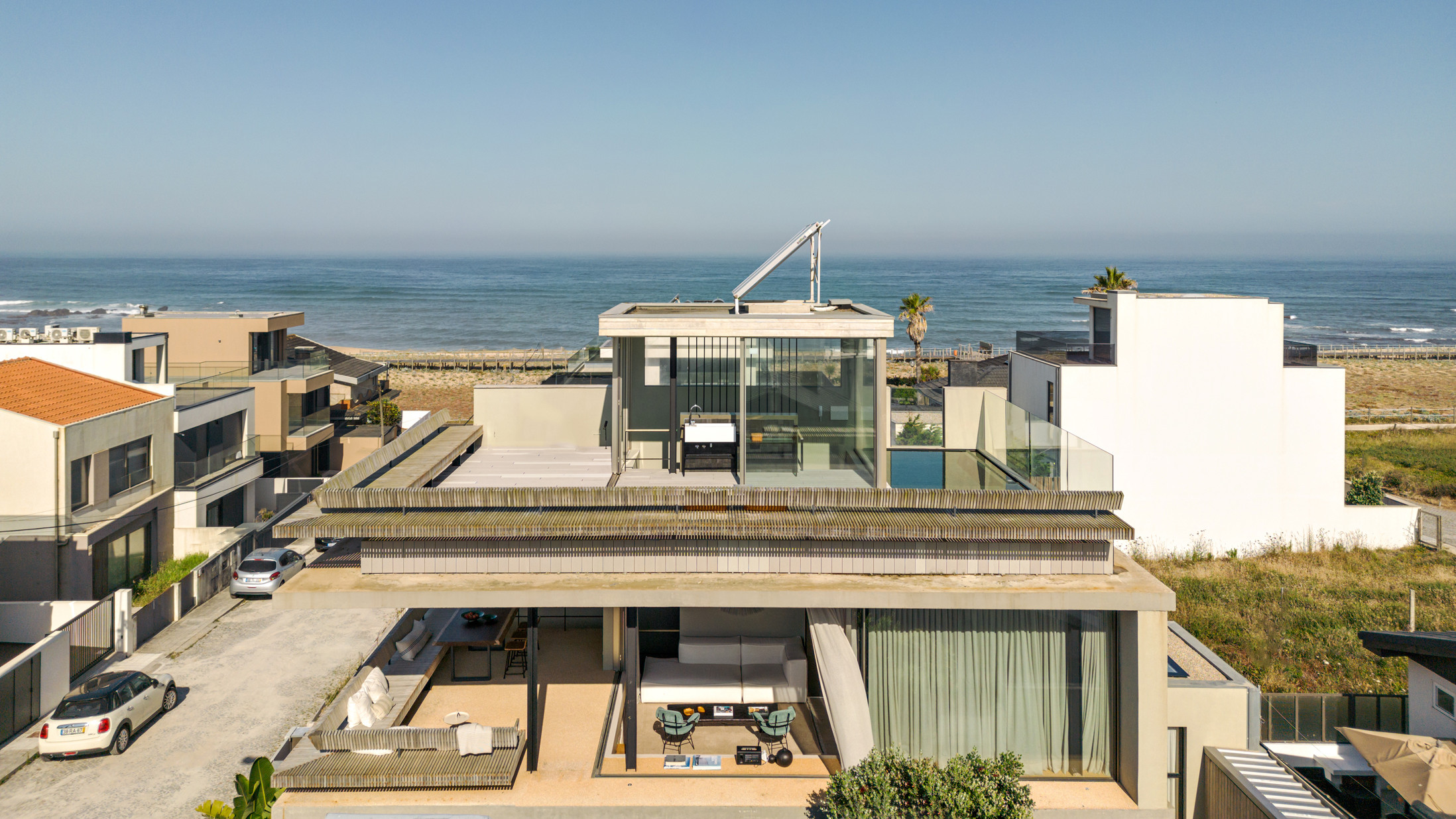 A beach house in Portugal offers up multiple layers of space for contemporary living
A beach house in Portugal offers up multiple layers of space for contemporary livingWER Studio has completed this concrete beach house on the Atlantic Coast, with opening façades and an expansive terrace
-
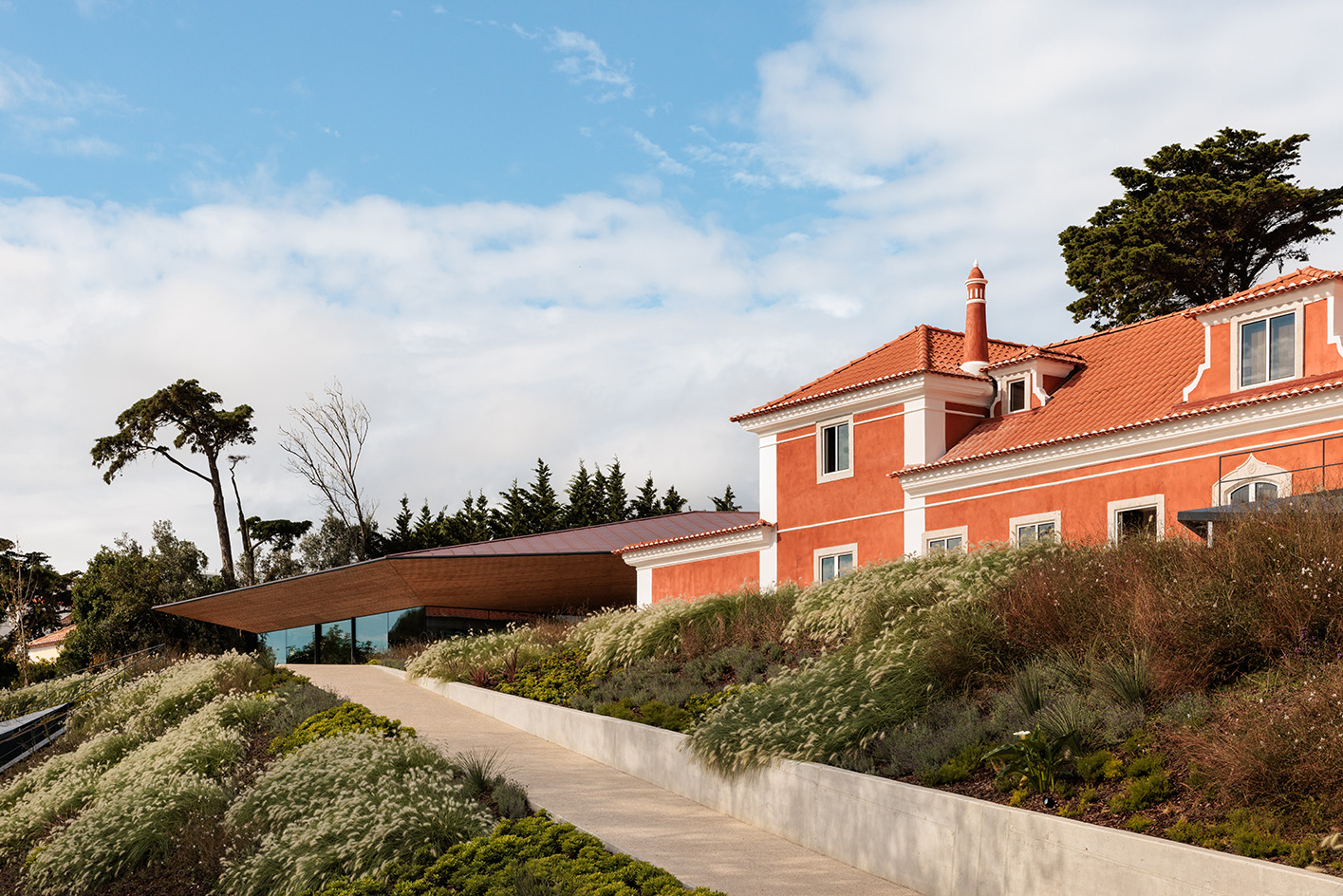 Tour the Albuquerque Foundation, Portugal’s new ceramics hub, where the historic and contemporary meet
Tour the Albuquerque Foundation, Portugal’s new ceramics hub, where the historic and contemporary meetA new cultural destination dedicated to ceramics, The Albuquerque Foundation by Bernardes Arquitetura opens its doors in Sintra, Portugal
-
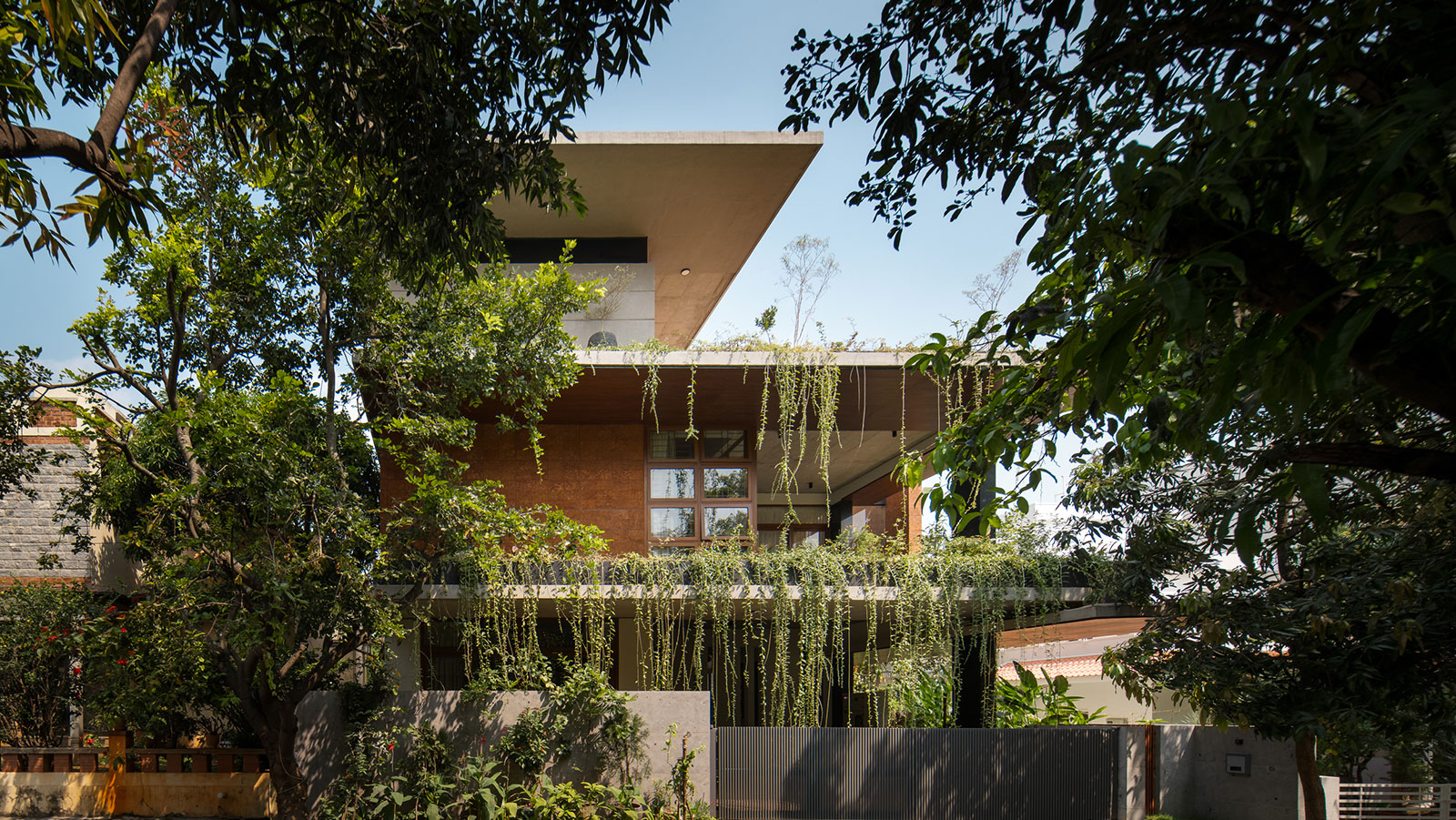 Year in review: the top 12 houses of 2024, picked by architecture director Ellie Stathaki
Year in review: the top 12 houses of 2024, picked by architecture director Ellie StathakiThe top 12 houses of 2024 comprise our finest and most read residential posts of the year, compiled by Wallpaper* architecture & environment director Ellie Stathaki
-
 Wallpaper* Architects’ Directory 2024: meet the practices
Wallpaper* Architects’ Directory 2024: meet the practicesIn the Wallpaper* Architects Directory 2024, our latest guide to exciting, emerging practices from around the world, 20 young studios show off their projects and passion
-
 Branco del Rio's House AA8 brings a pop of colour to its Portuguese neighbourhood
Branco del Rio's House AA8 brings a pop of colour to its Portuguese neighbourhoodBased in Portugal, Branco del Rio Arquitectos joins the Wallpaper* Architects’ Directory 2024, our annual round-up of exciting emerging architecture studios